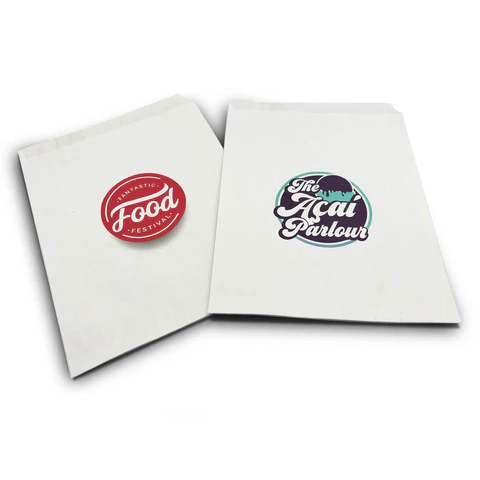The Evolution and Significance of Pizza Boxes
Pizza, a beloved dish that originated in Italy and made its way around the globe, has become a staple in the culinary landscape of many cultures. Integral to the experience of enjoying this delicious food is the pizza box. While at first glance, a pizza box may seem like a mere convenience, its evolution and significance reflect broader trends in food consumption, environmental awareness, and design innovation.
Historical Perspective
The pizza box, as we know it today, has its roots deeply embedded in the post-World War II era, when pizza began to gain immense popularity outside of Italy, particularly in the United States. Initially, pizza was served in simple cardboard boxes or even wrapped in paper. It wasn't until the 1960s that the pizza box underwent a transformation, becoming a specialized product designed to keep pizzas hot and intact during transit. This marked the beginning of the era of the corrugated pizza box—lightweight yet sturdy, offering the perfect solution for delivery.
Functionality and Design
The primary purpose of a pizza box is to protect the pizza from damage and to maintain its temperature. The classic design includes an airtight seal that prevents moisture from escaping while allowing steam to escape, thereby preventing sogginess. The introduction of a vent in the lid was a significant innovation, allowing excess steam to escape, thereby helping to keep the crust crispy.
Furthermore, pizza boxes have evolved in terms of aesthetics and branding. Pizzerias often use unique colors, logos, and designs to stand out in a competitive market. An eye-catching box not only serves a practical function but also acts as a marketing tool. Many pizzerias use the outer surface of the box to showcase special promotions or even local artists’ work, making the box an integral part of the customer experience.
Environmental Concerns
pizza boxes

As awareness of environmental issues has grown, so too has the conversation around pizza boxes and their impact on waste. Most pizza boxes are made from recycled cardboard, which is recyclable itself, but the presence of grease and food residue can complicate the recycling process. This has led many companies to explore more sustainable options, such as compostable pizza boxes made from plant-based materials.
Some innovative brands have even taken this a step further, creating pizza boxes that can be repurposed after use. For example, some designs can be transformed into plates or serve as serving trays. This creative approach not only reduces waste but also provides customers with added value, making the pizza experience even more memorable.
Cultural Impact
The pizza box has become emblematic of the pizza delivery culture that has spread across the world. Films, television shows, and social media often depict characters ordering pizza, and the iconic open pizza box has become a symbol of comfort, community, and celebration. Whether it’s a casual get-together, a late-night study session, or a family gathering, the presence of a pizza box often signifies a shared experience.
Moreover, the box itself symbolizes the convenience of modern dining. As lives become increasingly fast-paced, the ability to enjoy quality food without the need for extensive preparation or cleanup has made pizza a go-to choice for many. The pizza box encapsulates the essence of takeout dining—deliciousness delivered directly to our doorsteps.
Conclusion
In conclusion, while a pizza box may seem like an ordinary object, its significance extends far beyond its functionality. It reflects historical trends, embodies creativity in design, addresses environmental concerns, and encapsulates the modern dining experience. As the pizza industry continues to evolve, so too will the humble pizza box, adapting to new challenges and opportunities while remaining a cherished component of pizza culture. So the next time you order a pizza, take a moment to appreciate the journey that box has made to your table and consider the role it plays in the enjoyment of one of the world’s favorite foods.



